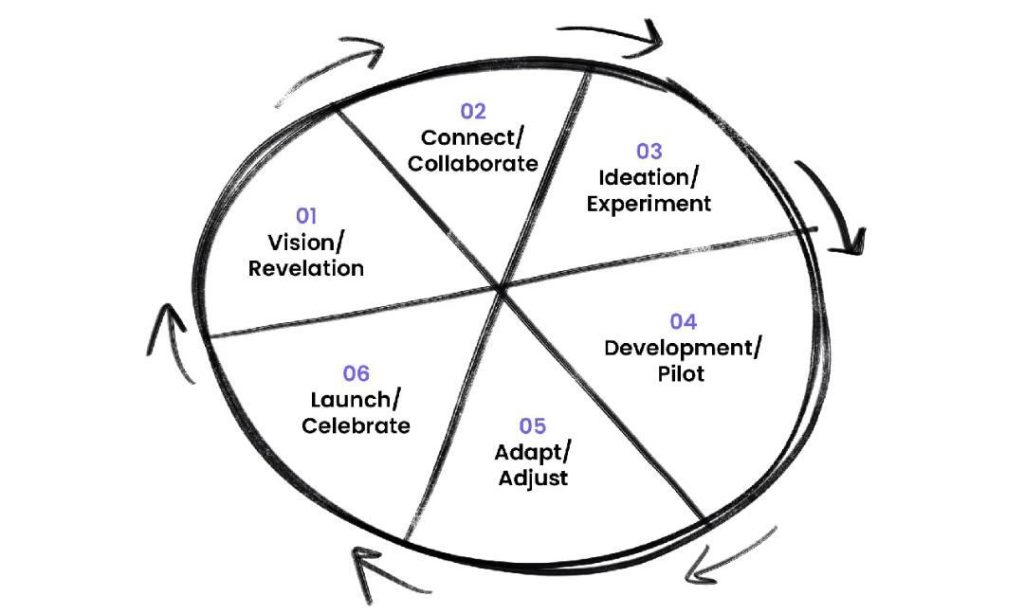
What Drives Each Stage of Incubation?
Business incubation is a crucial process that helps startups grow and thrive. It’s a structured program that provides entrepreneurs with the necessary resources, support, and guidance to turn their ideas into successful businesses. The incubation process typically involves four stages: ideation, MVP build, acceleration, and graduation. Each stage requires different resources, and understanding what drives each stage is essential for entrepreneurs to navigate the incubation process successfully.
Ideation: Problem Validation
The ideation stage is the foundation of the incubation process. It’s where entrepreneurs identify a problem or opportunity and validate it through customer insights. This stage is critical because it helps entrepreneurs understand their target audience, their pain points, and how their solution can solve those problems. To drive this stage, entrepreneurs need access to customer insights, market research, and feedback from potential customers.
In this stage, entrepreneurs typically work closely with mentors, coaches, and industry experts to refine their idea and develop a solid business plan. They also need to conduct market research to identify their competitors, assess the market size, and determine the potential revenue streams.
MVP Build: Market Testing
The MVP (Minimum Viable Product) build stage is where entrepreneurs turn their idea into a tangible product or service. This stage is all about building a minimal product that can be used to test the market and gather feedback from customers. To drive this stage, entrepreneurs need lean product support, which includes design thinking, prototyping, and agile development methods.
In this stage, entrepreneurs typically work closely with developers, designers, and other technical experts to build a functional MVP. They also need to conduct user testing, gather feedback, and iterate on their product to ensure it meets the needs of their target audience.
Acceleration: Scale Strategy
The acceleration stage is where entrepreneurs scale their business and prepare it for growth. This stage is critical because it helps entrepreneurs develop a scalable business model, build a strong team, and secure funding. To drive this stage, entrepreneurs need go-to-market coaching, which includes strategy development, marketing, and sales support.
In this stage, entrepreneurs typically work closely with experts in marketing, sales, and business development to develop a go-to-market strategy. They also need to build a strong team, including hiring key personnel, developing a company culture, and establishing processes and procedures.
Graduation: Fundraise, Partnerships
The graduation stage is where entrepreneurs take their business to the next level by securing funding, forming partnerships, and expanding their reach. This stage is critical because it helps entrepreneurs achieve their goals and maintain their momentum. To drive this stage, entrepreneurs need investor readiness, which includes developing a solid pitch, building a strong network, and preparing for due diligence.
In this stage, entrepreneurs typically work closely with investors, partners, and other stakeholders to secure funding, form strategic partnerships, and expand their business. They also need to refine their pitch, build a strong network, and prepare for the next stage of their business journey.
Conclusion
In conclusion, each stage of business incubation requires different resources, and understanding what drives each stage is essential for entrepreneurs to navigate the incubation process successfully. By identifying the right resources, entrepreneurs can turn their ideas into successful businesses and achieve their goals.
Sources:






